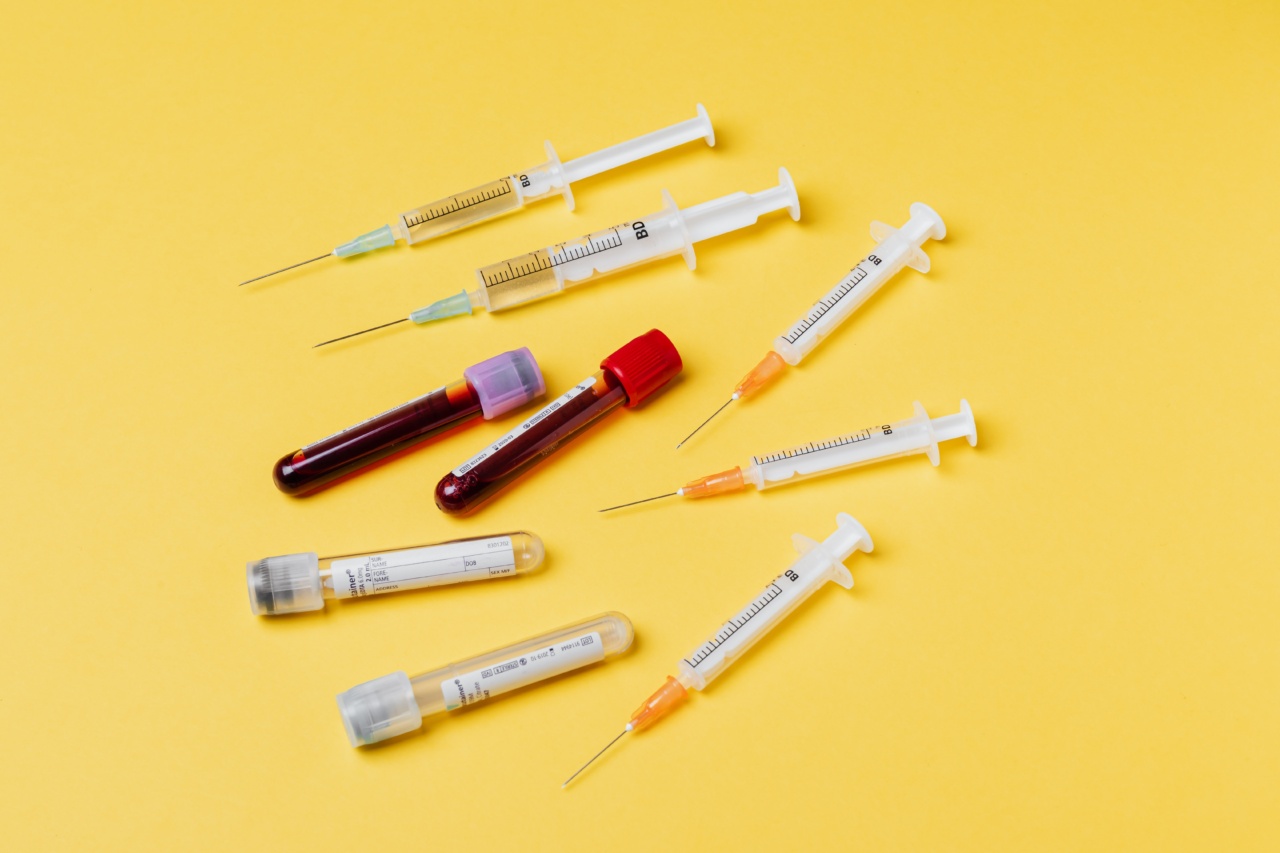Reino’s condition, characterized by restricted blood supply and numbed extremities, is a medical condition that affects individuals due to various underlying factors.
This condition can significantly impact a person’s quality of life and may require medical intervention to manage symptoms and improve blood circulation. In this article, we will explore the causes, symptoms, diagnostic procedures, treatment options, and preventive measures associated with Reino’s condition.
Causes of Reino’s Condition
Restricted blood supply in Reino’s condition can be caused by several factors.
One of the primary causes is peripheral artery disease (PAD), a condition characterized by the narrowing or blockage of blood vessels that supply blood to the extremities. PAD is commonly caused by atherosclerosis, the build-up of plaque within the arteries.
Other potential causes of Reino’s condition include arterial embolism, blood clots, vasospasm (sudden constriction of arteries), and Raynaud’s phenomenon.
Arterial embolism occurs when a blood clot or debris blocks an artery, restricting blood flow to the affected area. Vasospasm can occur due to underlying health conditions, such as autoimmune disorders or exposure to extreme cold.
Symptoms of Reino’s Condition
Individuals with Reino’s condition often experience a range of symptoms, primarily affecting the extremities. Common symptoms include:.
- Numbness or tingling sensation in the fingers and toes
- Intermittent or constant pain in the affected area
- Coldness or discoloration, such as pale or bluish skin
- Weakness or muscle cramping
- Delayed healing of wounds or sores
These symptoms are typically triggered by activities that increase the demand for oxygen, such as exercise or exposure to cold temperatures. Pain and discomfort may often subside with rest or by warming the affected area.
Diagnostic Procedures
Diagnosing Reino’s condition involves a comprehensive evaluation of medical history, physical examination, and diagnostic tests.
A healthcare provider may perform the following procedures to determine the underlying cause and severity of restricted blood supply:.
- Ankle-brachial index (ABI): This non-invasive test compares blood pressure measurements in the ankle and arm to assess blood flow and identify potential blockages.
- Doppler ultrasound: An ultrasound scan utilizing soundwaves to create images of blood flow in the arteries, helping identify any narrow or blocked vessels.
- Angiography: This procedure involves injecting a contrast dye into the blood vessels and taking X-ray images to visualize the blood flow and detect any abnormalities.
- Blood tests: These tests may be conducted to assess cholesterol levels, blood sugar levels, and markers of inflammation, which can provide insights into underlying conditions contributing to Reino’s condition.
Treatment Options for Reino’s Condition
The treatment approach for Reino’s condition aims to alleviate symptoms, improve blood circulation, and prevent further complications. Depending on the underlying cause and severity of the condition, treatment options may include:.
- Lifestyle modifications: This includes adopting a healthy diet, regular exercise, avoiding tobacco products, and managing underlying health conditions such as diabetes or high blood pressure.
- Medications: Certain medications like antiplatelet drugs, vasodilators, or cholesterol-lowering medications may be prescribed to improve blood flow, manage symptoms, and prevent blood clot formation.
- Angioplasty and stenting: In cases where a significant blockage is identified, a minimally invasive procedure called angioplasty may be performed. This involves inserting a balloon-like device to widen the narrowed artery and placing a stent to keep it open.
- Peripheral bypass surgery: If the blood flow restriction is severe, bypass surgery may be recommended. This involves using a graft to create a new pathway for blood to bypass the blocked or narrowed artery.
Preventive Measures
While Reino’s condition can be challenging to prevent entirely, certain measures can help reduce the risk of developing this condition or managing its symptoms:.
- Quitting smoking: Smoking contributes to the development of atherosclerosis and narrows the blood vessels, further worsening blood flow to the extremities.
- Maintaining a healthy weight: Obesity and excessive body weight can strain the cardiovascular system, increasing the risk of developing blood circulation issues.
- Regular exercise: Engaging in physical activity promotes improved blood circulation and helps keep blood vessels healthy.
- Managing underlying conditions: Effectively managing chronic conditions such as diabetes, high blood pressure, and high cholesterol can significantly reduce the risk of developing Reino’s condition.
- Limiting exposure to cold temperatures: Individuals prone to vasospasms should protect themselves by wearing warm clothing and avoiding prolonged exposure to cold weather.
Conclusion
Reino’s condition, characterized by restricted blood supply and numbed extremities, can significantly impact an individual’s daily life and should be promptly evaluated and treated.
By understanding the causes, symptoms, diagnostic procedures, treatment options, and preventive measures associated with Reino’s condition, individuals can actively take steps to manage their symptoms, improve blood circulation, and reduce the risk of complications.






























